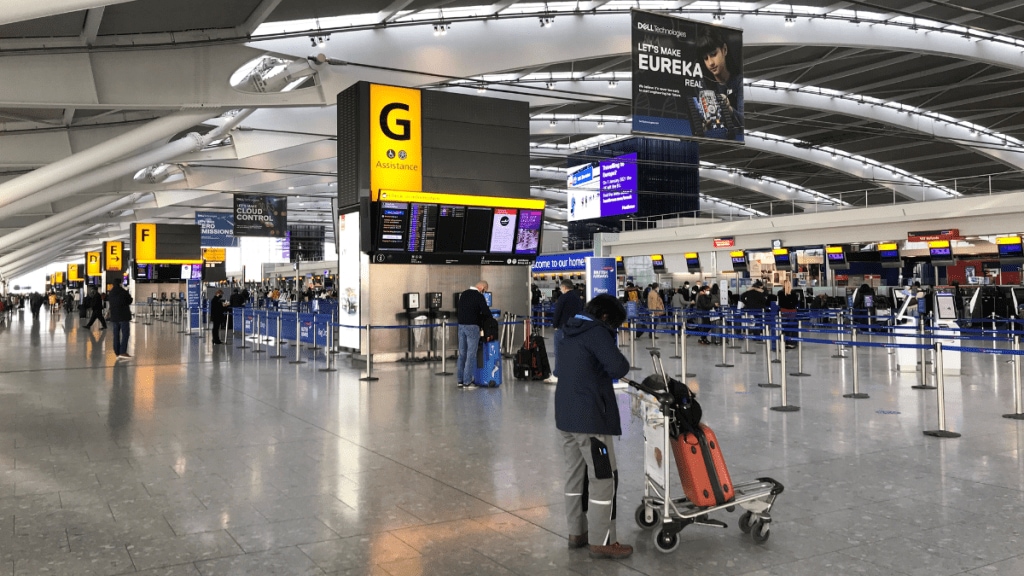The overall air passenger traffic is expected to witness a growth of around 8-11 per cent on-year to around 407-418 million in FY2025, said a report by ICRA. The growth, it added, will be supported by strong pick-up in both leisure and business travel, improving connectivity to newer destinations in the domestic segment and the continued uptick in international travel. In FY2024, passenger traffic had already reached 376.4 million, up 15 per cent YoY, surpassing the pre-Covid level by 10 per cent.
Per a survey conducted by ICRA, the revenues of its sample set are likely to grow by around 15-17 per cent YoY in FY2025.
Vinay Kumar G, Vice President & Sector Head, Corporate Ratings, ICRA, said, “The recovery in the Indian airport passenger traffic is one of the best compared to other major global counterparts. India accounted for 4.2 per cent of the global passenger traffic in CY2023, and its share in passenger traffic has improved from 3.8 per cent in CY2019. While the global passenger traffic recovered to just 96 per cent of global passenger traffic in CY2023, the Indian airport passenger traffic revived to 106 per cent of the pre-Covid level owing to strong economic growth as well as the addition of new airport routes. The Indian air passenger traffic is expected to outperform the global trend.”

The Airports Economic Regulatory Authority (AERA) determines the tariffs at all the major airports in the country, which are fixed for a period of five years, also referred to as the control period (CP). Over the last four to five years, the regulatory regime for the airports sector has matured as seen in the reduction in implementation delays related to tariff orders, which declined to less than 1.5 years for the third CP from 3-3.5 years during the first and second CPs.
Further, ICRA said that the airport operators, regulator and other stakeholders have made significant progress in resolving the long-pending issues, viz., cost of equity, return on security deposits, forex losses, and treatment of real estate income. Also, variation in the amount of capex proposed by the operator and disallowed by the regulator had declined significantly to around 10 per cent during the third CP from 25-30 per cent during the first two CPs.
Talking about the airport operators’ performance, Vinay Kumar G said, “The revenues of ICRA’s sample set are likely to grow by around 15-17 per cent YoY in FY2025, driven by the sustained improvement in both domestic and international passenger traffic, increase in tariffs at some of the major airports and ramp-up in non-aeronautical revenues. With healthy profitability margins, the debt coverage metrics are expected to remain comfortable, despite higher interest outgo and debt repayments with the commercialisation of the capex programme at some of the key airports. The credit profile of airport operators is projected to remain strong, supported by healthy accruals and comfortable liquidity.”

